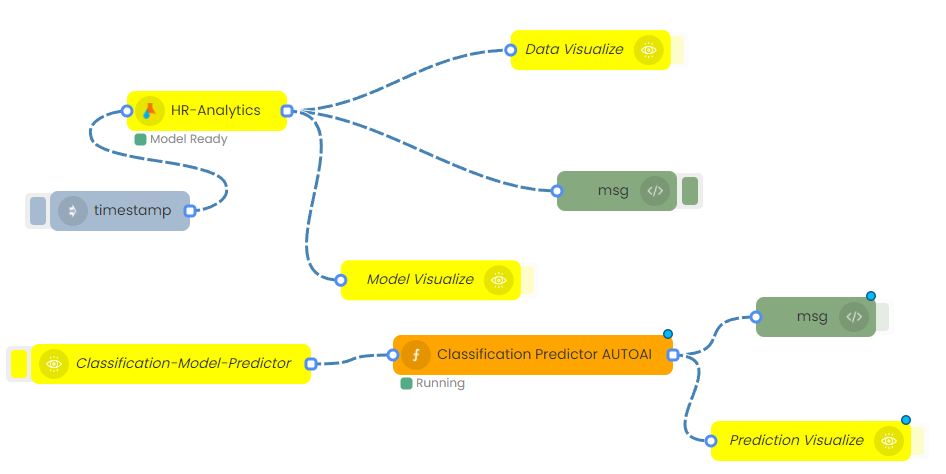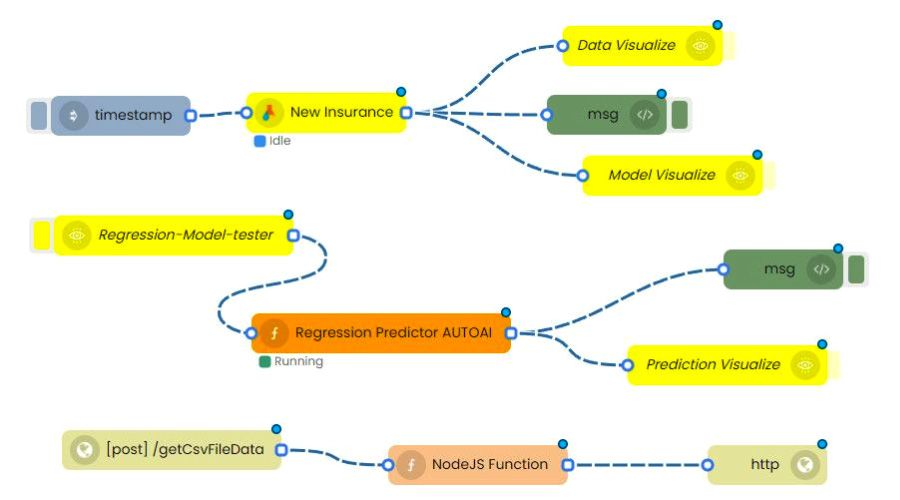HR Retention Prediction
Challenge
Employee retention is essential for running a successful organization. Keeping the crew engaged, happy, and productive can be tricky and depends on many uncontrollable factors. Executives need to plan ahead, control what they can, and figure out who is likely to stay, and who will bolt. AI can help.
This case involves a mid-sized technology company specializing in software development. It has been facing significant challenges in retaining developers. Over the past two years, the company experienced an annual employee turnover rate of 24%, higher than the industry average of 15%. This high turnover was affecting project timelines, increasing recruitment costs, and diminishing overall morale.
The core challenge was to develop a sustainable strategy to enhance employee retention. The company recognized that keeping employees engaged, happy, and productive is multifaceted and influenced by various uncontrollable factors such as personal life changes and broader economic conditions. Executives needed a proactive approach to predict and mitigate potential turnover, ensuring the retention of key talent.
Solution: Implementing AI for Predictive Analytics
- Data Collection and Integration: Begin by integrating various data sources, including HR records, employee performance metrics, engagement survey results, and external labor market data. This comprehensive dataset forms the basis for AI analysis.
- Develop Predictive Models: This data forms the core of an AI predictive model to find patterns. Specifically, the seasonality and overall length of developers in a given position before they face "burn out" and start wandering elsewhere.
- Identifying Key Indicators: The AI models identified several key indicators of potential turnover, including decreased engagement scores over consecutive surveys, reduced participation in professional development programs, frequent absences or late arrivals, declining performance metrics.
- Actionable Insights: Based on the predictive analytics, the company can start targeted interventions:
- Personalized Engagement Plans: Employees flagged as high risk are provided with tailored engagement plans, including opportunities for career development, mentoring, and flexible work arrangements.
- Managerial Training: Managers received training to better recognize signs of disengagement and to provide supportive leadership.
- Wellness Programs: Enhanced wellness initiatives were introduced to address work-life balance and stress management.
Outcome
Project Profile
Client:
Confidential
Goal:
Reduce employee turnover
Development Time:
6 weeks
Deployment:
Undisclosed




